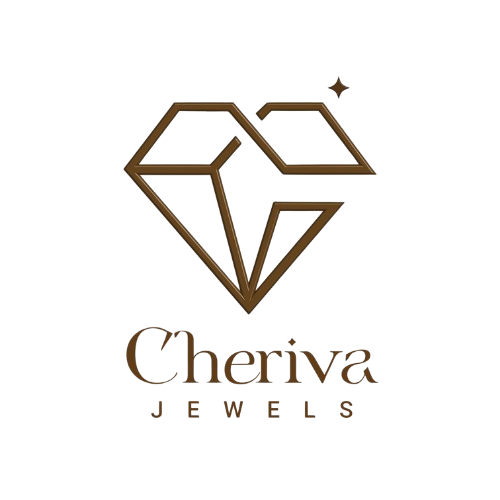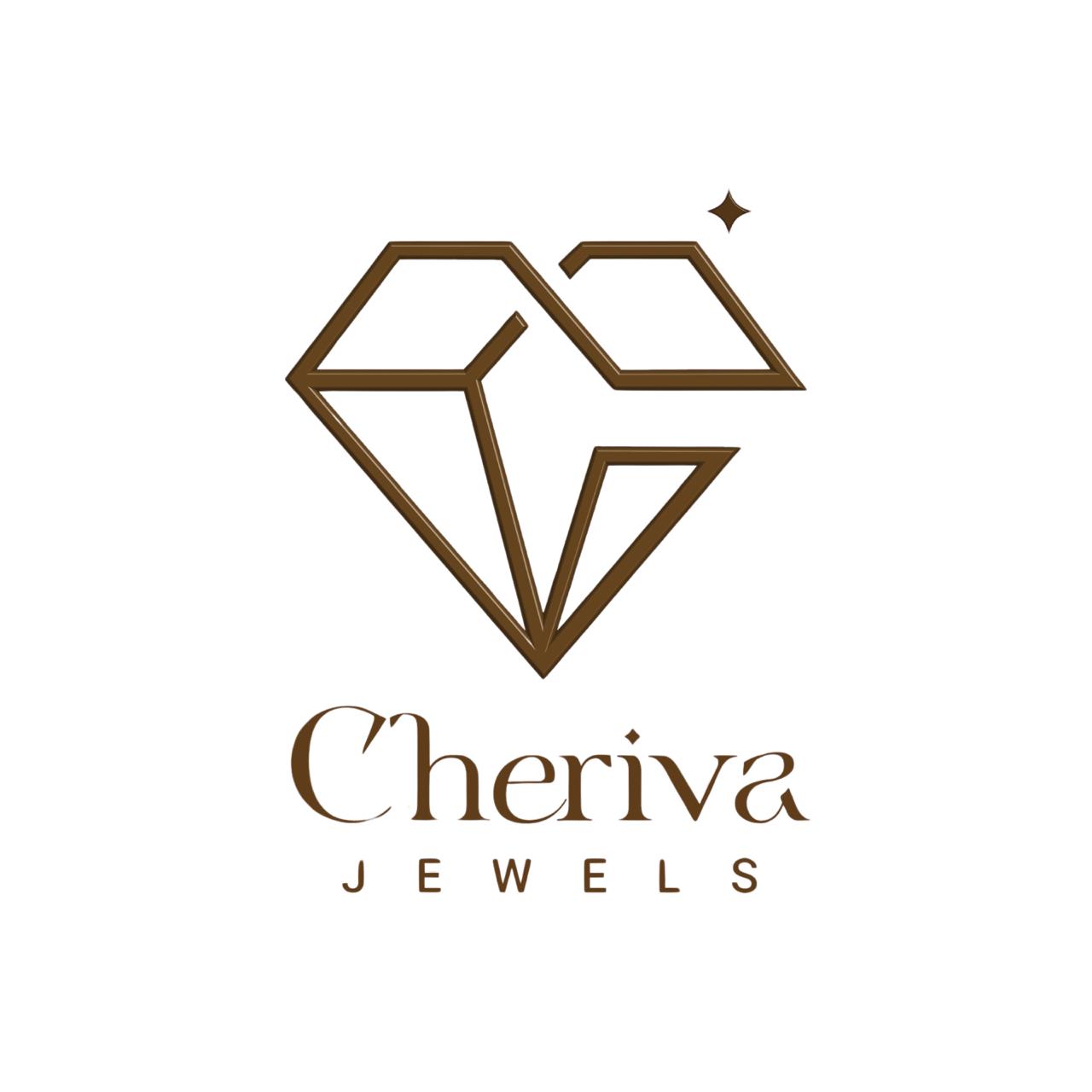
Diamond Color vs Clarity: Which Matters More?
Diamond color is often more noticeable than clarity. Choose a near colorless, eye clean stone to get the best balance of beauty, value, and lasting sparkle.
When choosing a diamond, most buyers wonder whether color or clarity makes the bigger impact. Both are part of the 4Cs of diamonds (cut, color, clarity, carat), but the way they affect a stone’s look is very different.
Color is usually noticed first. A faint yellow tint can change the way a diamond looks across the room, especially in larger stones or when set in white metals like platinum and white gold. On the other hand, clarity flaws are harder to spot unless they are big, dark, or located right in the center of the stone. This is why many jewelers in the USA recommend focusing more on color, as it influences the diamond’s overall face-up beauty.
Clarity does matter, especially for step-cut diamonds like emerald or asscher cuts where inclusions are more visible. But for round, oval, cushion, or radiant cuts, even lower clarity grades such as SI1 or SI2 can appear “eye-clean” and look just as beautiful as higher grades. This means you can often save money on clarity while putting more of your budget toward a better color grade or a higher carat weight.
What Does Diamond Color Mean?
Diamond “color” actually refers to how clear or tinted the stone looks. The standard grading scale runs from D (completely colorless) to Z (noticeable yellow or brown tint).
-
A diamond closer to D looks icy and clear.
-
As you go down the scale, a faint yellow or brown tone becomes more visible.
Color can affect price a lot. For example, a D-grade diamond is far more expensive than an H-grade, even though most people won’t notice the difference once the stone is set.
Your choice of ring metal also changes how color shows. A faintly tinted diamond can look whiter in yellow gold or rose gold settings, while platinum or white gold makes even a slight color more noticeable.
What Does Diamond Clarity Mean?
Clarity measures how many inclusions or blemishes a diamond has. The grading scale starts at Flawless and goes down to Included (where flaws are visible to the naked eye).
In simple terms:
-
High clarity = fewer or no flaws.
-
Lower clarity = visible marks, which can sometimes affect sparkle if they’re in the center.
But here’s the key: many inclusions are so small you can’t see them without magnification. This is why experts often suggest going for eye-clean diamonds stones that look flawless to the naked eye, even if they’re not perfect under a loupe.
Is Color or Clarity More Important in Choosing a Diamond?
When buying a diamond, one of the biggest questions is whether to focus more on color or on clarity. Both are part of the well known 4Cs that define diamond quality, and both affect how a stone looks and how much it costs. Because of this, many buyers feel confused about which one should take priority, especially when working with a set budget.
The truth is, color and clarity don’t carry the same weight when it comes to appearance. A diamond’s color is usually noticed more quickly, while clarity flaws are often only visible under magnification. Still, each plays a role in how bright and clean the stone looks. Understanding the difference between them will help you decide where to invest more, so you can choose a diamond that looks beautiful without overspending.
How to Decide – Finding the Right Balance
The right choice depends on your budget, diamond size, and ring style.
-
If you’re buying a smaller diamond, color matters more because inclusions are less visible at small sizes.
-
For larger diamonds, you need to balance both color and clarity since flaws and tints are easier to see.
-
Round cuts hide imperfections better, while emerald or asscher cuts reveal both flaws and color more clearly.
-
If you’re setting your diamond in yellow or rose gold, you can safely choose a slightly lower color grade without it looking off.
Tips to Get the Best Value
When buying a diamond, the smartest way to get the best value is to focus on what the eye can actually see. You don’t need to spend extra on flawless clarity, an eye clean diamond looks just as beautiful without the higher price tag. Choosing a stone in the near colorless range (G–I) gives you a bright, white look while saving money compared to top color grades. More importantly, always prioritize a well cut diamond, because cut determines how much the stone sparkles and stands out, often more than color or clarity alone. And before finalizing your choice, always check the diamond in natural light or HD videos to make sure it looks right in real world conditions.
Quick Tips:
-
Look for eye clean clarity instead of flawless.
-
Choose G–I color grades for value and beauty.
-
Prioritize cut quality to maximize sparkle.
-
Check diamonds in natural light or videos before buying.
Quick Comparison: Color vs Clarity
|
Factor |
Diamond Color |
Diamond Clarity |
|
Definition |
Refers to how white or tinted the diamond appears (graded D–Z). |
Refers to the number and type of inclusions or blemishes inside the stone. |
|
What You Notice First |
Color is visible to the eye more quickly, especially in larger stones. |
Clarity flaws are harder to see unless they are big or near the center. |
|
Impact on Price |
Has a stronger impact on cost higher color grades are priced significantly more. |
Affects price, but small differences in clarity often don’t change how the diamond looks. |
|
Best Range for Value |
Near colorless diamonds (G–I) look white but are more affordable. |
Eye clean clarity (VS2–SI1) gives the appearance of higher grades without the cost. |
|
Depends On |
Metal setting (white gold shows more color, yellow/rose gold hides tint). |
Diamond shape (emerald/asscher show flaws, round/cushion hides them better). |
|
Overall Importance |
More noticeable in most cases color often matters slightly more. |
Still important for durability and appearance in larger or step cut diamonds. |
Conclusion:
When choosing between color and clarity, it’s important to remember that both play a role in how a diamond looks, but they don’t carry the same weight. In most cases, color has a greater impact on the overall appearance, since even a slight tint can be noticed more easily than small internal marks. This is why many buyers find better value by focusing on color while keeping clarity within an eye clean range.
FAQs
Q1. What is more noticeable in a diamond, color or clarity?
A: Color is usually easier to spot, especially in larger stones.
Q2. Which affects price more?
A: Both do, but color tends to create bigger price jumps.
Q3. Does clarity matter in smaller diamonds?
A: Not much. Inclusions are less visible in stones under 1 carat.
Q4. Does the metal type affect diamond color?
A: Yes, yellow or rose gold can mask slight tints, while white metals make them stand out.
Q5. What’s the best balance for engagement rings?
A: Most buyers go for near-colorless (G–I) with eye-clean clarity (VS2–SI1).
Q6. What diamond clarity and color is best?
A: The best balance is near-colorless diamonds (G–I) with eye-clean clarity (VS2–SI1), offering beauty and value without overpaying for perfection.
Q7. Which color grade is best in diamond?
A: The best diamond color grade is D–F for top quality, but G–I offers a stunning look at better value.
Q8. Which diamond color is the most expensive?
A: The most expensive diamond color is D grade (colorless), prized for its pure, icy appearance and rarity. Among fancy colors, red diamonds cost the most.



